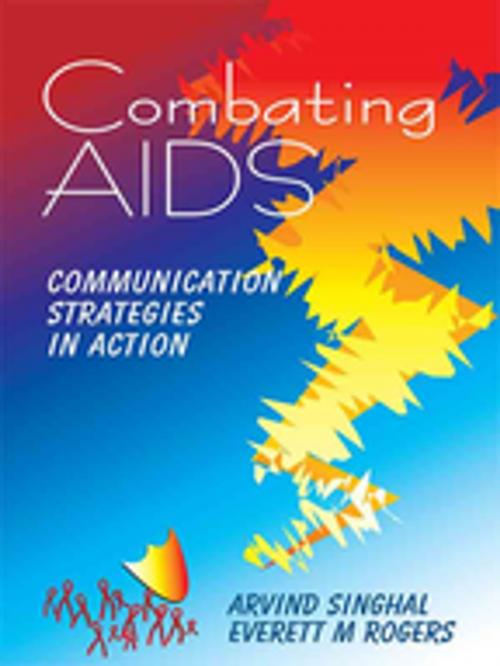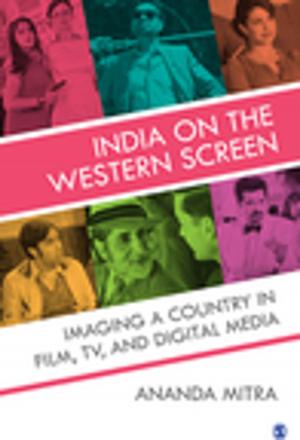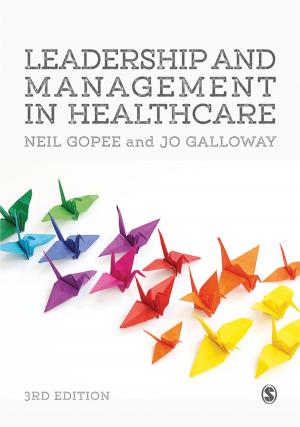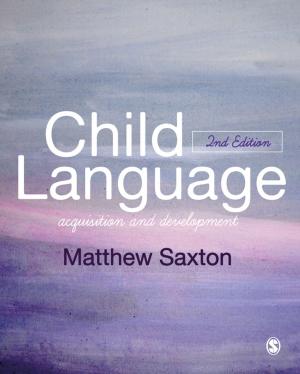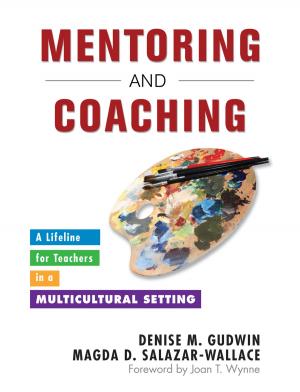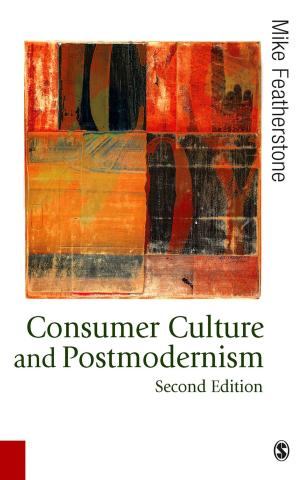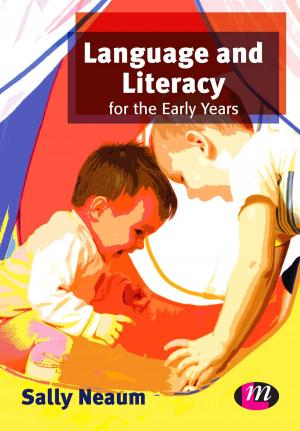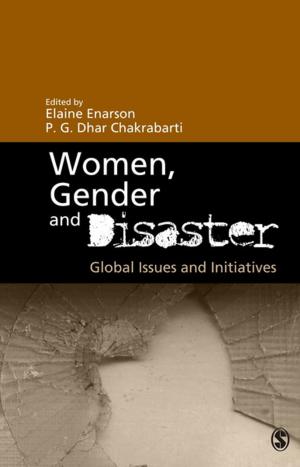Combating AIDS
Communication Strategies in Action
Nonfiction, Health & Well Being, Medical, Reference, Public Health| Author: | Dr. Arvind M. Singhal, Dr. Everett M. Rogers | ISBN: | 9789351500162 |
| Publisher: | SAGE Publications | Publication: | November 14, 2002 |
| Imprint: | Sage Publications Pvt. Ltd | Language: | English |
| Author: | Dr. Arvind M. Singhal, Dr. Everett M. Rogers |
| ISBN: | 9789351500162 |
| Publisher: | SAGE Publications |
| Publication: | November 14, 2002 |
| Imprint: | Sage Publications Pvt. Ltd |
| Language: | English |
·****· Awarded the Annual Award for Distinguished Scholarly Book in Applied Communication, by the National Communication Association, USA**·****·**
`This gripping narrative not only documents the history of humankind's interaction with a clever virus, it brings to the forefront the much and understated and underused role of communication in HIV and AIDS prevention, care and treatment. Singhal and Rogers remind us that our global environment is shaped by powerful communication means and methods that, if properly harnessed, can help defeat the plague of the 21st century'
- Neil McKee, Senior Technical Advisor for HIV/AIDS and Adolescent Health, Johns Hopkins University
`This book is an important contribution to AIDS education globally. The rich and diverse cases analyze, humanize and contextualize the continuum of HIV/AIDS prevention, care and support. Researchers and practitioners will find this book most useful'
- Collins Airhihenbuwa, Professor of Bio-Behavioural Health, Penn State University
`Educating people about AIDS is one of the biggest communication challenges that we face today. This remarkable book is a must-read for anyone who wants to understand the challenges and ways to overcome it. Thorough and hopeful, this is one of those books that can actually make a difference in this world'
- Emanuel Rosen, author of 'The Anatomy of Buzz'
`A thoroughly readable and inspiring book by two of the world's foremost health communication experts. Accessible and personalised, it is a "must-read" for all those interested in AIDS prevention, care and support'
- Shereen Usdin, Co-Founder of the Soul City Institute of Health and Development Communication, South Africa
`This book provides a comprehensive analysis of the strategies related to HIV/AIDS communications. It is published at a critical moment as the world increasingly realizes the role of communication in the fight against HIV/AIDS'
- Rafael Obregon, Social Communication Advisor, Pan American Health Organization
`Combating AIDS is slickly written using commicators' theories, taking the reader step-by-step through various arguments, and using repitition to ingrain them in the reader's mind' -
Ritu Priya, Nature
The purpose of this book is to synthesize critical lessons learned about effective HIV/AIDS prevention programs, emphasizing the role of communication strategies. Combating AIDS focuses on communication strategies that could mobilize political action, target high-risk groups, and overcome stigma. The authors describe and analyze advocacy strategies, culturally-engaging targeted and tailored responses, and the entertainment-education strategy, including the use of television and radio soap operas to engage audiences emotionally and create a forum for public debate and discussion.
Focusing on the work being carried out by individuals and organizations, this book humanizes the AIDS epidemic. Interesting, informative, and readable, it will be of interest to policymakers, practitioners, and scholars in the fields of public health, communication and change, development studies, social work, and public policy.
·****· Awarded the Annual Award for Distinguished Scholarly Book in Applied Communication, by the National Communication Association, USA**·****·**
`This gripping narrative not only documents the history of humankind's interaction with a clever virus, it brings to the forefront the much and understated and underused role of communication in HIV and AIDS prevention, care and treatment. Singhal and Rogers remind us that our global environment is shaped by powerful communication means and methods that, if properly harnessed, can help defeat the plague of the 21st century'
- Neil McKee, Senior Technical Advisor for HIV/AIDS and Adolescent Health, Johns Hopkins University
`This book is an important contribution to AIDS education globally. The rich and diverse cases analyze, humanize and contextualize the continuum of HIV/AIDS prevention, care and support. Researchers and practitioners will find this book most useful'
- Collins Airhihenbuwa, Professor of Bio-Behavioural Health, Penn State University
`Educating people about AIDS is one of the biggest communication challenges that we face today. This remarkable book is a must-read for anyone who wants to understand the challenges and ways to overcome it. Thorough and hopeful, this is one of those books that can actually make a difference in this world'
- Emanuel Rosen, author of 'The Anatomy of Buzz'
`A thoroughly readable and inspiring book by two of the world's foremost health communication experts. Accessible and personalised, it is a "must-read" for all those interested in AIDS prevention, care and support'
- Shereen Usdin, Co-Founder of the Soul City Institute of Health and Development Communication, South Africa
`This book provides a comprehensive analysis of the strategies related to HIV/AIDS communications. It is published at a critical moment as the world increasingly realizes the role of communication in the fight against HIV/AIDS'
- Rafael Obregon, Social Communication Advisor, Pan American Health Organization
`Combating AIDS is slickly written using commicators' theories, taking the reader step-by-step through various arguments, and using repitition to ingrain them in the reader's mind' -
Ritu Priya, Nature
The purpose of this book is to synthesize critical lessons learned about effective HIV/AIDS prevention programs, emphasizing the role of communication strategies. Combating AIDS focuses on communication strategies that could mobilize political action, target high-risk groups, and overcome stigma. The authors describe and analyze advocacy strategies, culturally-engaging targeted and tailored responses, and the entertainment-education strategy, including the use of television and radio soap operas to engage audiences emotionally and create a forum for public debate and discussion.
Focusing on the work being carried out by individuals and organizations, this book humanizes the AIDS epidemic. Interesting, informative, and readable, it will be of interest to policymakers, practitioners, and scholars in the fields of public health, communication and change, development studies, social work, and public policy.
